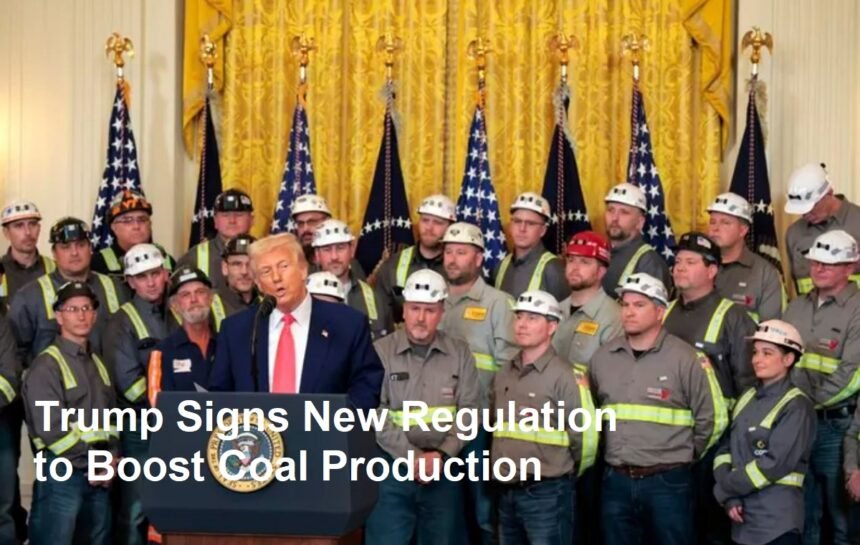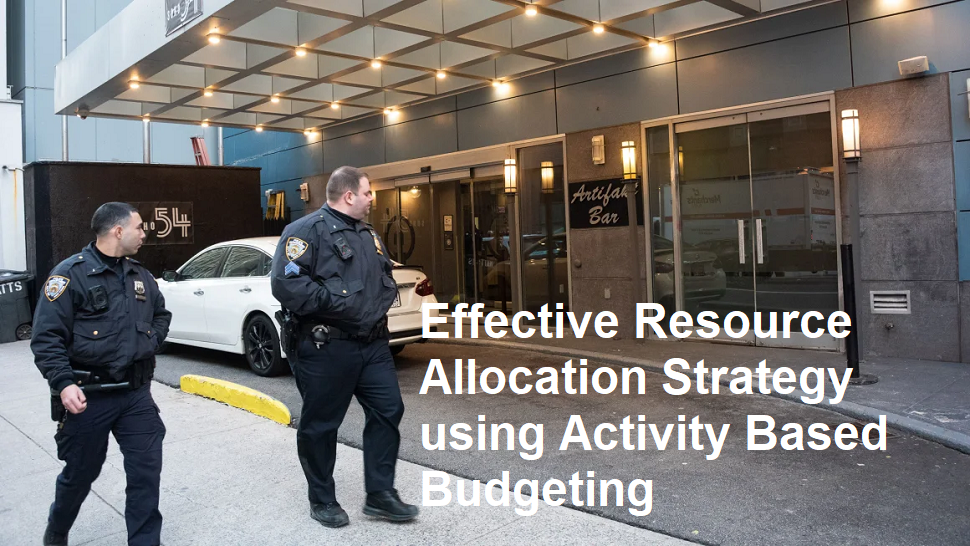On Tuesday, April 8, 2025, former President Donald Trump signed a sweeping new regulation aimed at bolstering the production of coal across the United States. The policy, which was met with enthusiasm by the traditional energy sector and labor unions, seeks to revive the nation’s coal industry through a combination of relaxed environmental oversight, tax incentives, and state-level support measures.
The new regulation is designed to stimulate domestic coal production amid declining global demand and increasing competition from renewable sources. According to officials, the policy is expected to not only create jobs in regions historically dependent on coal mining but also reinforce the country’s energy security. “This is a major win for American workers and our energy independence,” Trump declared at a press conference on the day of the signing. “We will rejuvenate our coal industry and create thousands of good-paying jobs.”
Under the new rules, mining companies will benefit from streamlined permitting processes and lowered regulatory burdens. The administration claims that previous environmental regulations have hampered coal production, making it difficult for domestic companies to compete with international producers. By reducing red tape, the policy intends to attract investments into the sector and enable rapid expansion of coal mines, especially in rural areas that have been significantly impacted by previous economic downturns in the energy market.
Supporters of the policy argue that the measure comes at a critical time as the U.S. seeks to diversify its energy sources. Energy analysts assert that a more robust coal industry could help stabilize energy prices and provide a reliable backup when intermittent renewable energy sources, such as wind and solar, face fluctuations. “Coal remains a dependable source of energy, particularly for base-load generation,” commented one industry expert. “By increasing production, we can ensure that the grid remains reliable and reduce our reliance on volatile international markets.”
However, the regulation has been met with sharp criticism from environmental advocates and clean energy supporters. They argue that boosting coal production undermines decades of progress in reducing greenhouse gas emissions and combating climate change. Environmental groups have expressed concern that the policy will lead to increased air and water pollution, erasing efforts to improve public health in regions previously afflicted by mining operations. “Revitalizing coal at this stage is a step backward in the fight against climate change,” said a spokesperson for a prominent environmental organization. “This policy prioritizes short-term economic gain over long-term sustainability.”
Local communities in former coal-mining regions have expressed mixed feelings about the new regulation. Many residents are optimistic about the potential for job creation and economic revitalization, while others worry about the environmental impact and risks associated with a resurgence in coal mining operations. Community meetings and debates have become common as residents try to balance the hope for economic recovery with the realities of environmental degradation.
The regulation also includes provisions for modernizing coal mining technology to mitigate some environmental risks. Proponents of the policy claim that newer methods can reduce emissions and improve mine safety, although critics argue that such measures fall short of the standards required for truly sustainable energy production. The federal government has promised to oversee the implementation of these technologies through enhanced monitoring and periodic reviews, but many remain skeptical of their effectiveness.
As the new regulation takes effect, industry stakeholders are mobilizing to take advantage of the incentives provided. Financial institutions are reportedly preparing to release funds for companies ready to expand their operations, and several major coal mining firms have already announced plans for new projects. Labor unions have welcomed the decision, highlighting it as an opportunity to bring skilled jobs back to regions hit hard by the decline of traditional manufacturing.
In summary, Trump’s signing of the new regulation on April 8, 2025, marks a significant policy shift intended to boost U.S. coal production. The move represents an effort to revitalize a struggling sector of the economy and reclaim a piece of America’s industrial heritage. While it holds promise for job creation and energy security, the policy also raises serious questions about environmental impacts and the long-term direction of the nation’s energy strategy. As the initiative rolls out, its effects will be closely watched by both supporters and detractors in a landscape where economic revitalization and environmental preservation continue to compete for priority.











